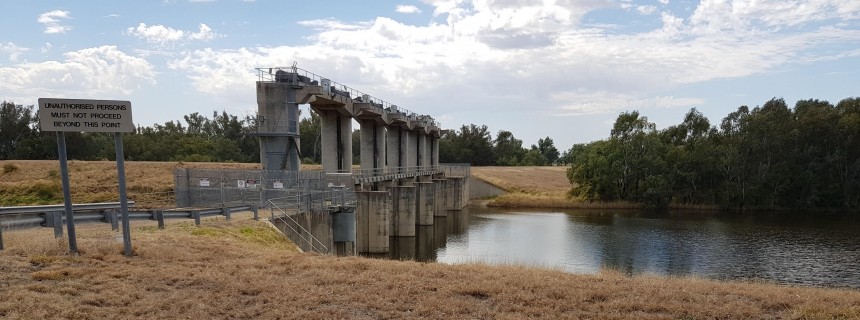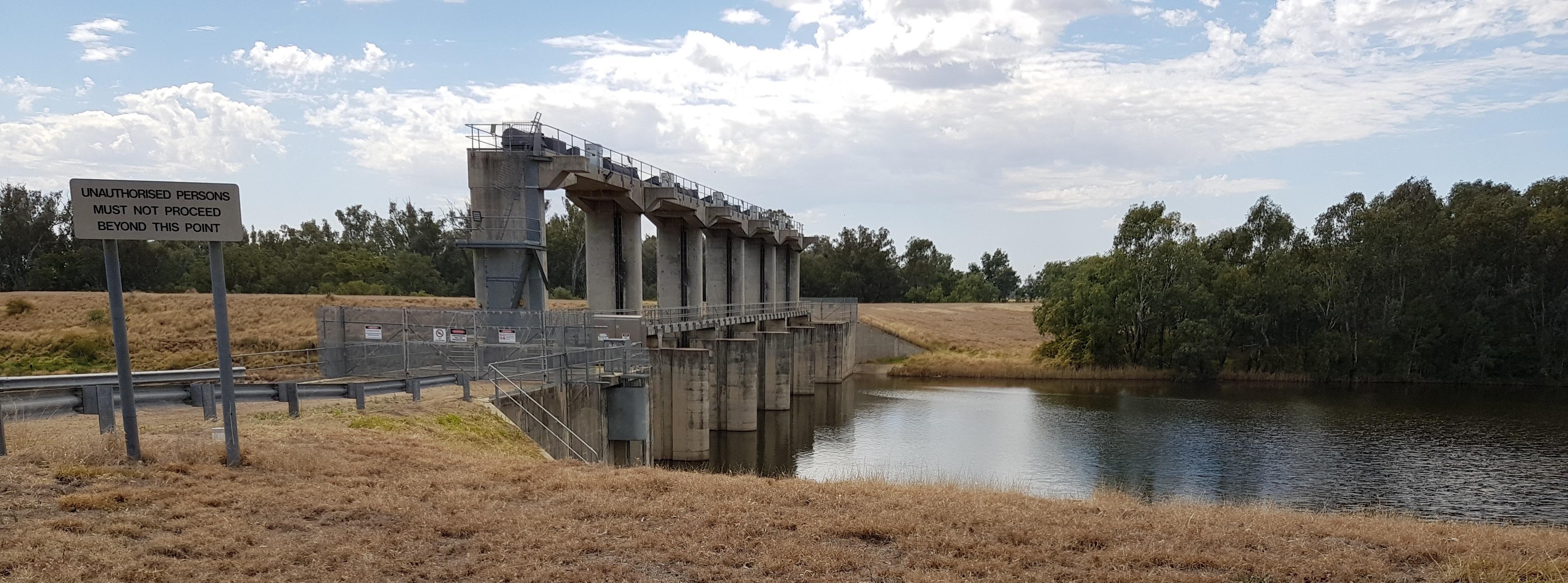No point in new empty dams, says Victorian government

The Victorian government has ruled out new dams, saying climate change means not enough water would flow into them to make them worthwhile.
Water Minister Lisa Neville says water in the state’s rivers will halve by 2065, citing this forecast in her refusal to build even one dam, even though over that period the state’s population is expected to double.
Rather, she said, Victoria would rely on its high electricity-consuming desalination plant, from which it has ordered $81m of water this year, costing average households what she said was “only” $10.
Ms Neville told The Australian that, instead of money for new dams, she would be happy to take federal funds to expand that $3.5bn plant’s production by a third.
The state government’s position comes despite parts of Victoria being drought-affected, including Gippsland in the east, which has had its driest 32 months on record.
 Ms Neville dismissed federal Water Resources Minister David Littleproud’s warning this week that without new dams population growth means Victoria risks sizeable reductions of available water per person by 2030.
Ms Neville dismissed federal Water Resources Minister David Littleproud’s warning this week that without new dams population growth means Victoria risks sizeable reductions of available water per person by 2030.
He called on the states to draw on $1.3bn of federal funds on offer for new water infrastructure, to avoid more severe water shortages hitting households and agriculture.
But Ms Neville told The Australian: “The dams we have already are in the best places to collect a high yield of water — any new dams would mean less water for all and would be unlikely to capture enough water to be worth it.
“For Minister Littleproud to suggest otherwise demonstrates a complete lack of understanding when it comes to water and climate change, especially in Victoria.”
Ms Neville’s spokeswoman said climate change would lead to less rainfall and a potential halving of streamflow by 2065.
She said the last major dam built in Victoria, Thomson Dam, was “originally built to droughtproof Melbourne” but “has only filled three times in its history — the last in 1996”.
In 1983, the year the dam started to fill, Victoria’s population was four million, with Melbourne accounting for nearly three million. Since then, the capital’s population has passed five million, and the state has 6.5 million people.
The Australian Bureau of Statistics’ central estimate for Victoria’s population in 2066 is 12 million.
In 2006, the then Labor state government rejected a dam for the Maribyrnong River, proposed by the Liberal Party and estimated to cost $80m. Ms Neville’s spokeswoman said it would have yielded about 25 gigalitres, whereas the desalination plant could provide up to 150GL independent of rainfall.
The Australian has calculated that, on this basis, the cost of the Maribyrnong Dam would have been $3.2m/GL of water yielded, whereas the cost of the desalination plant is $23m/GL.
Ms Neville said: “New dams do not create any new water. They simply take it from somewhere else: either from farmers who currently rely on it or from the environment.
“Given there are no viable new dam options in Victoria, we’d be very happy to see any new federal funding going towards augmenting our desalination plant, to increase the yearly production capacity from 150GL to 200GL.”
Queensland crossbench MP Bob Katter has said state governments have spent hundreds of millions of dollars for feasibility studies by consultants on dams, rather than take decisions to build them, describing the process as “a picnic for processing parasites”.
NSW Water Resources Minister Melinda Pavey recently asked Deputy Prime Minister Michael McCormack if $23m of federal funds allocated to build the $500m expansion of Dungowan Dam near Tamworth could be diverted to pay for a “final business case” to help reach an “investment decision”.
In July, Queensland’s Natural Resources Minister Anthony Lynham announced that he would launch a new assessment into the costs and benefits of the proposed Hells Gate Dam in north Queensland, after a feasibility study last year found that the $5.4bn project was viable.
Originally published by The Australian, 19 September 2019.
